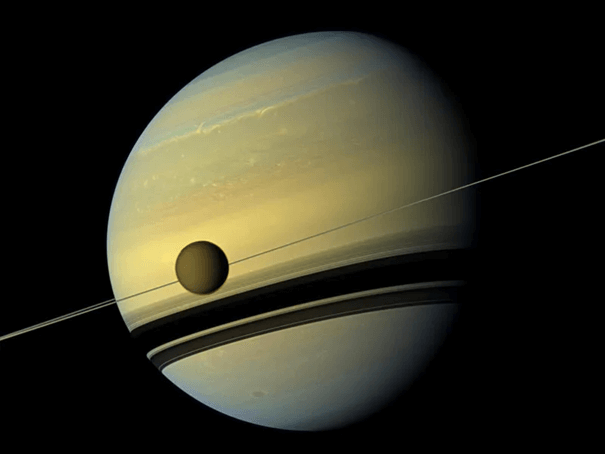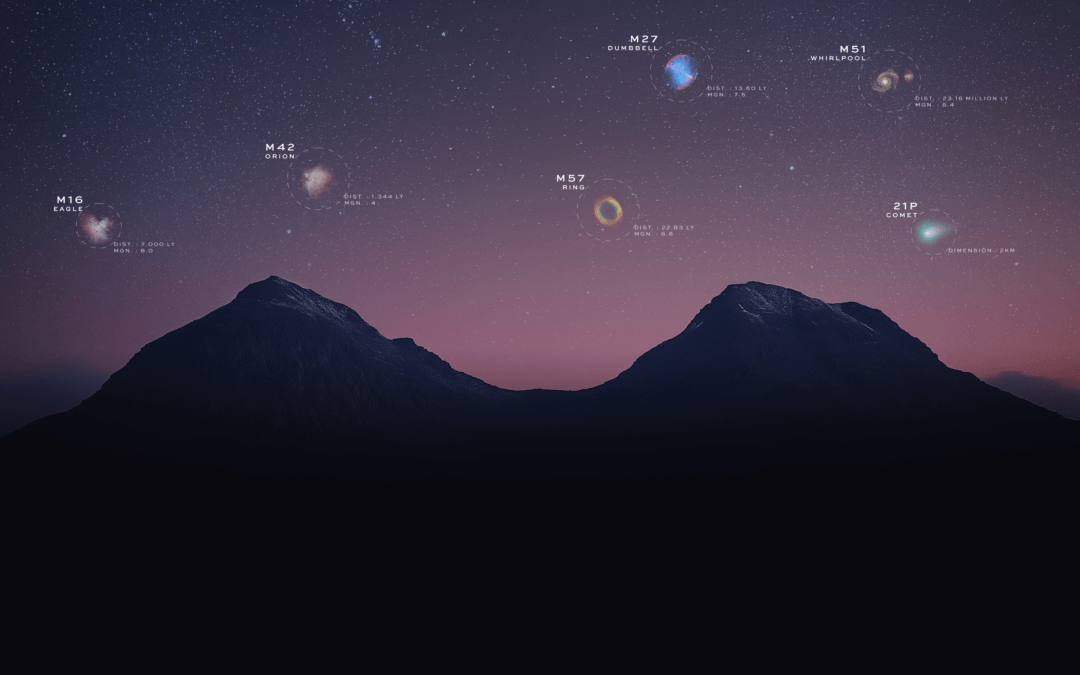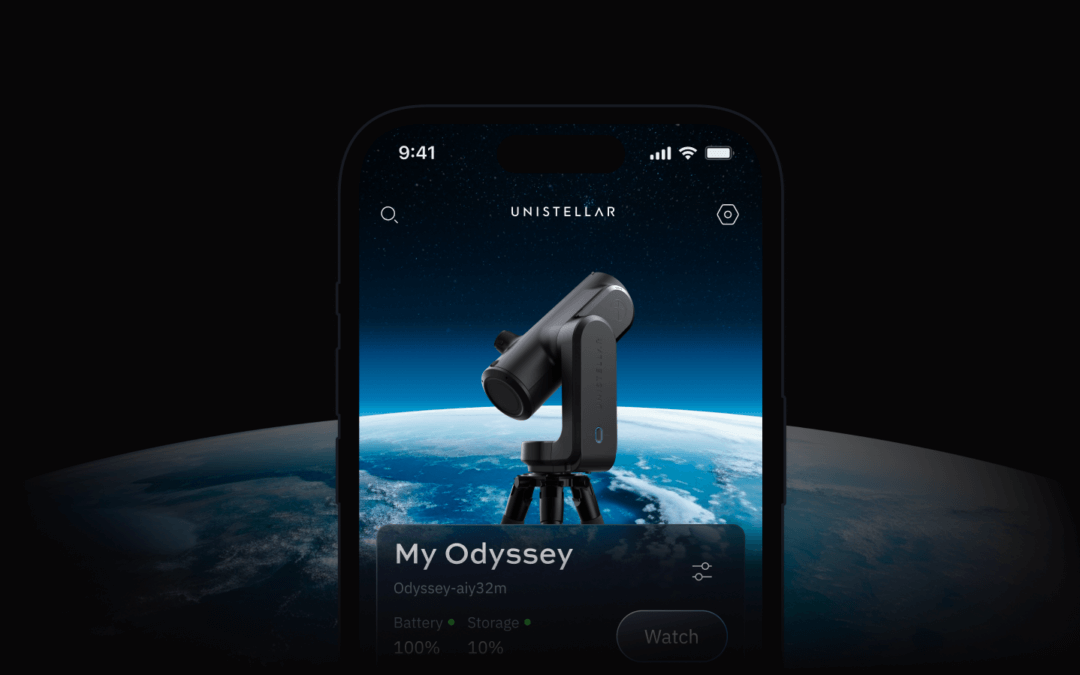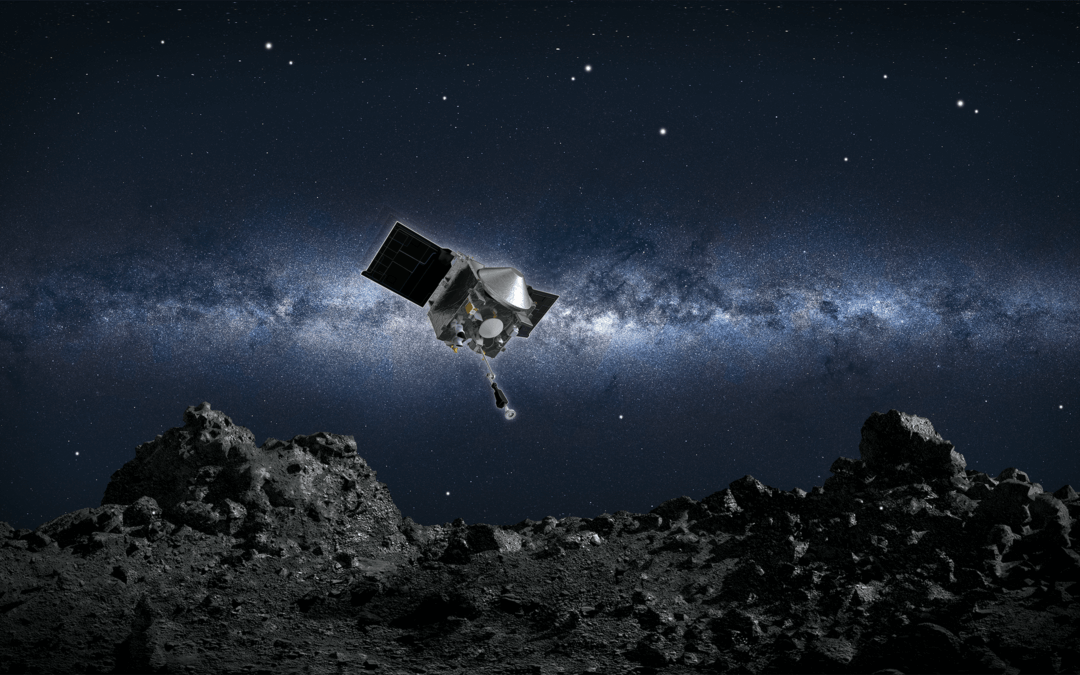Update as of April 19:
The JUICE mission successfully launched April 14th at 12:14 UTC! In the last 5 days, Unistellar observers have been hard at work watching it through their eVscopes and eQuinoxes, submitting 20 observations of the spacecraft! You can see some of their results below.
JUICE is now too dim to observe as it continues its outbound journey, but it will flyby Earth in August 2024 to catch gravitational boost. Until then, JUICE!
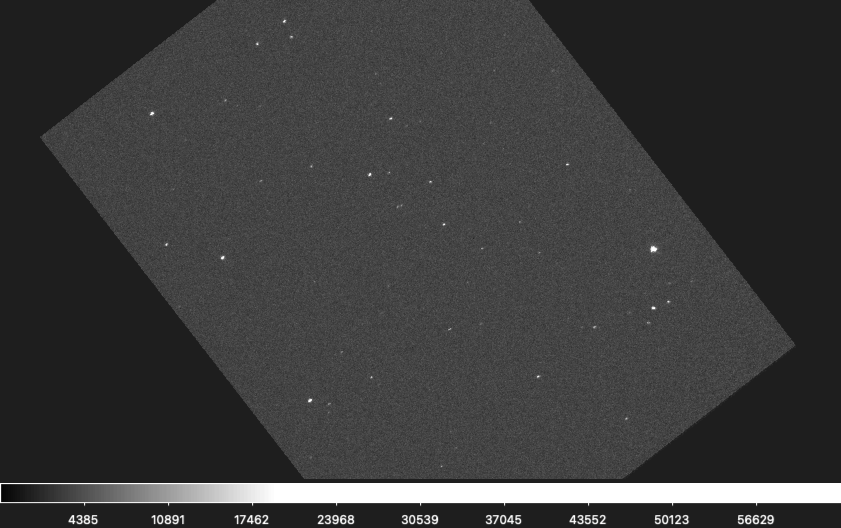
This first observation of the JUICE mission captured by the Unistellar network was taken 1.25 hours after launch by Darren R in Australia.
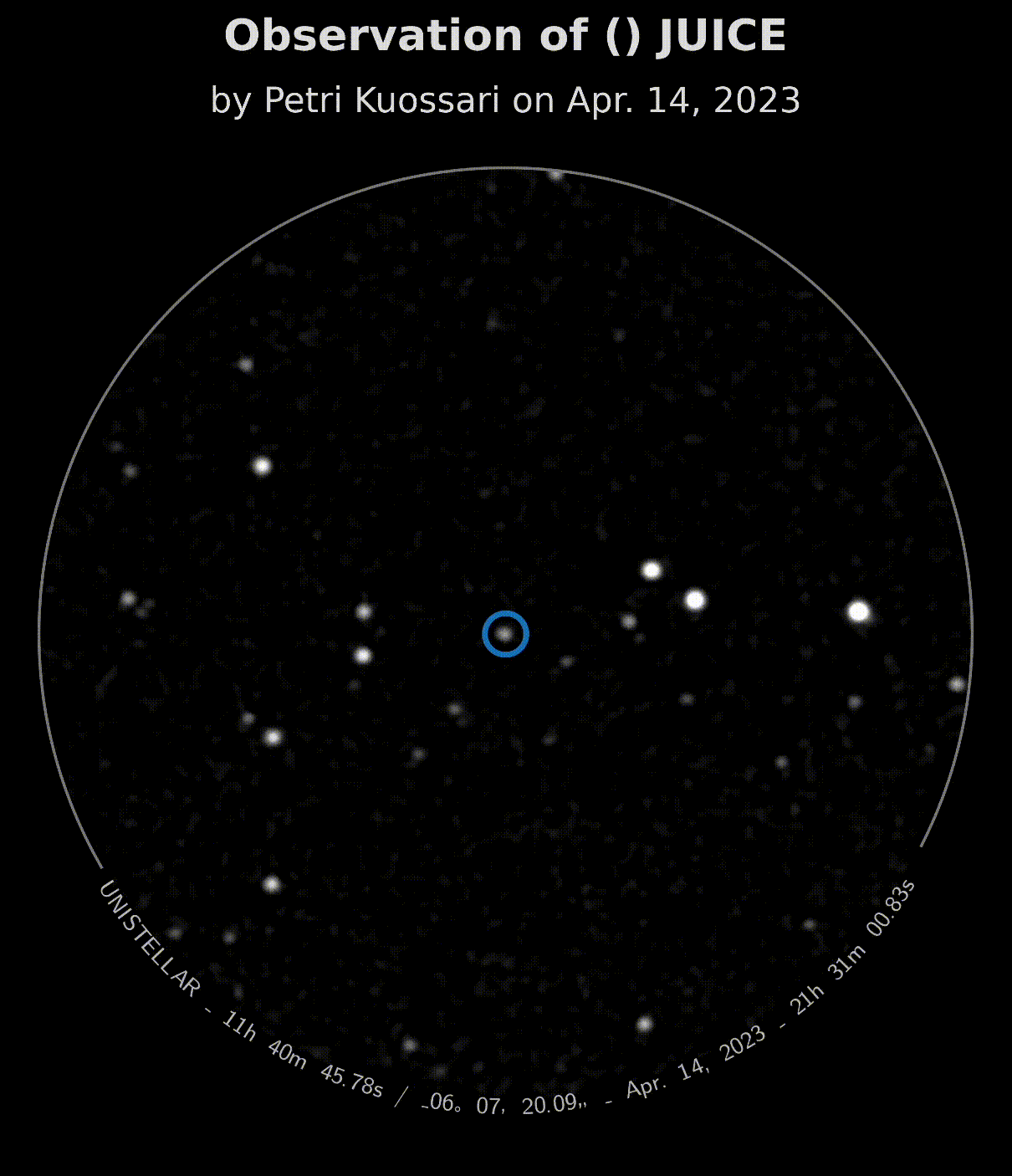
A slowed-down video of Petri K’s JUICE observation from Finland. A satellite passes through the frame!
Arguably one of the best names for a space mission yet, JUICE is about to make history. The European Space Agency (ESA) will launch its Jupiter Icy Moons Explorer (JUICE) mission on Thursday, April 14th at 12:14 UTC, after weather delayed its initial launch plan for the 13th. The mission, which is Europe’s first to the gas giant, will take off from Europe’s Spaceport in French Guiana aboard an Ariane 5 rocket. For those of us stuck on the ground, the spacecraft will be visible all over the world as it heads outwards into the Solar System. So wherever you are, get ready to grab your Unistellar telescope and watch for JUICE in the sky!
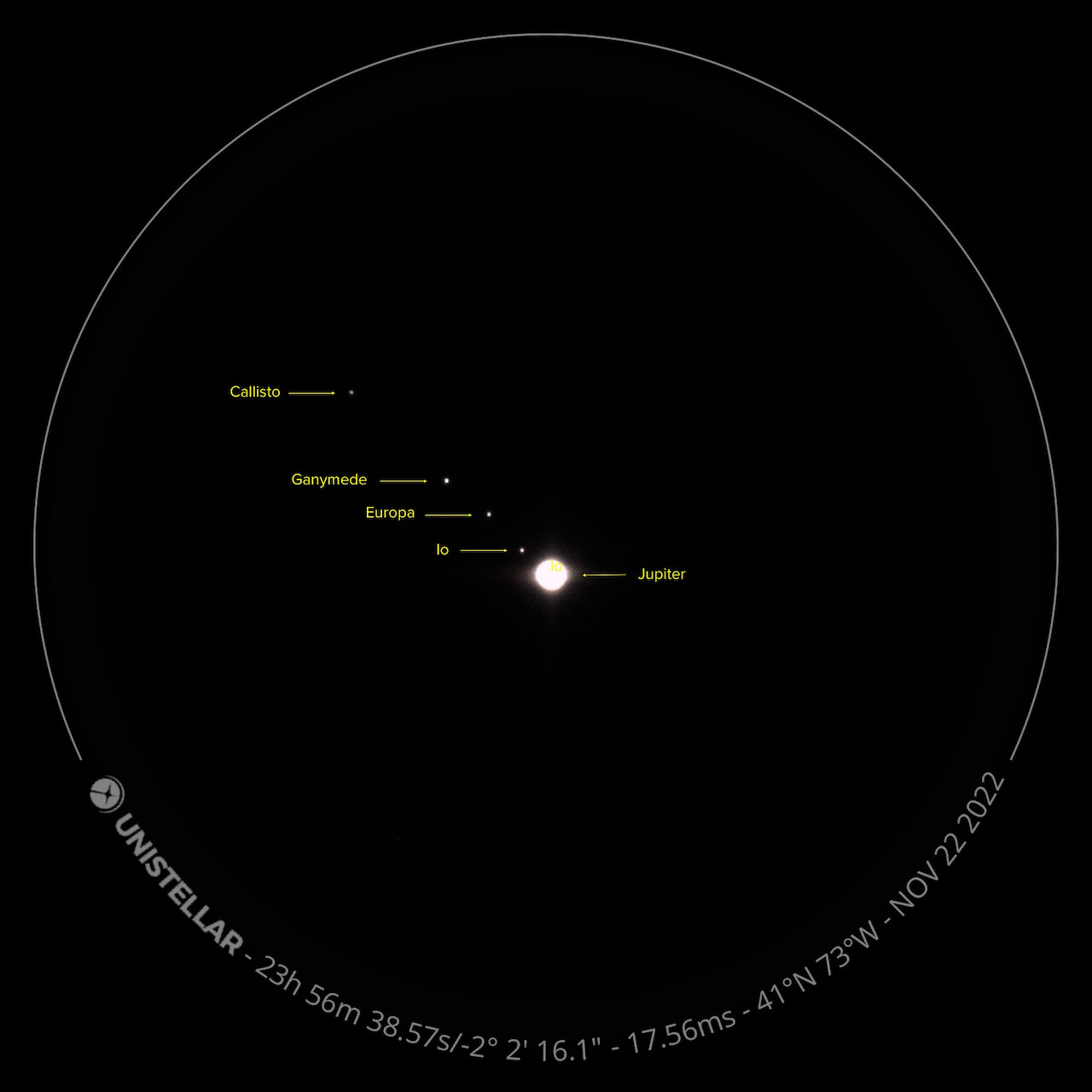
An eVscope image of Jupiter’s moons, the target of ESA’s JUICE mission, taken by citizen astronomer John Archer.
The JUICE Mission
JUICE’s main objective is to characterize three of Jupiter’s Galilean moons – Ganymede, Callisto, and Europa – which are all suspected to host subsurface oceans! JUICE will investigate the evidence of these oceans and any geological activity on the moons, as well as search for signs of material that could support life, particularly on Europa.
Once JUICE has done several flybys of all the moons of interest, it will settle into orbit around Ganymede, the solar system’s largest moon (even larger than the planet Mercury!) and the only one to produce its own magnetic field. This final destination will mark the first time any human spacecraft has orbited a moon other than our own.
This historic mission is one to watch as it promises to provide new insights into our understanding of Jupiter and its moons. Not only will its science be ground breaking, but it is humankind’s first mission to Jupiter since NASA’s Juno in 2011. It also marks a new phase for mission launches, as this will be the last launch of an Ariane 5 rocket, the same that carried the James Webb Space Telescope, before it is retired to make way for the Ariane 6.
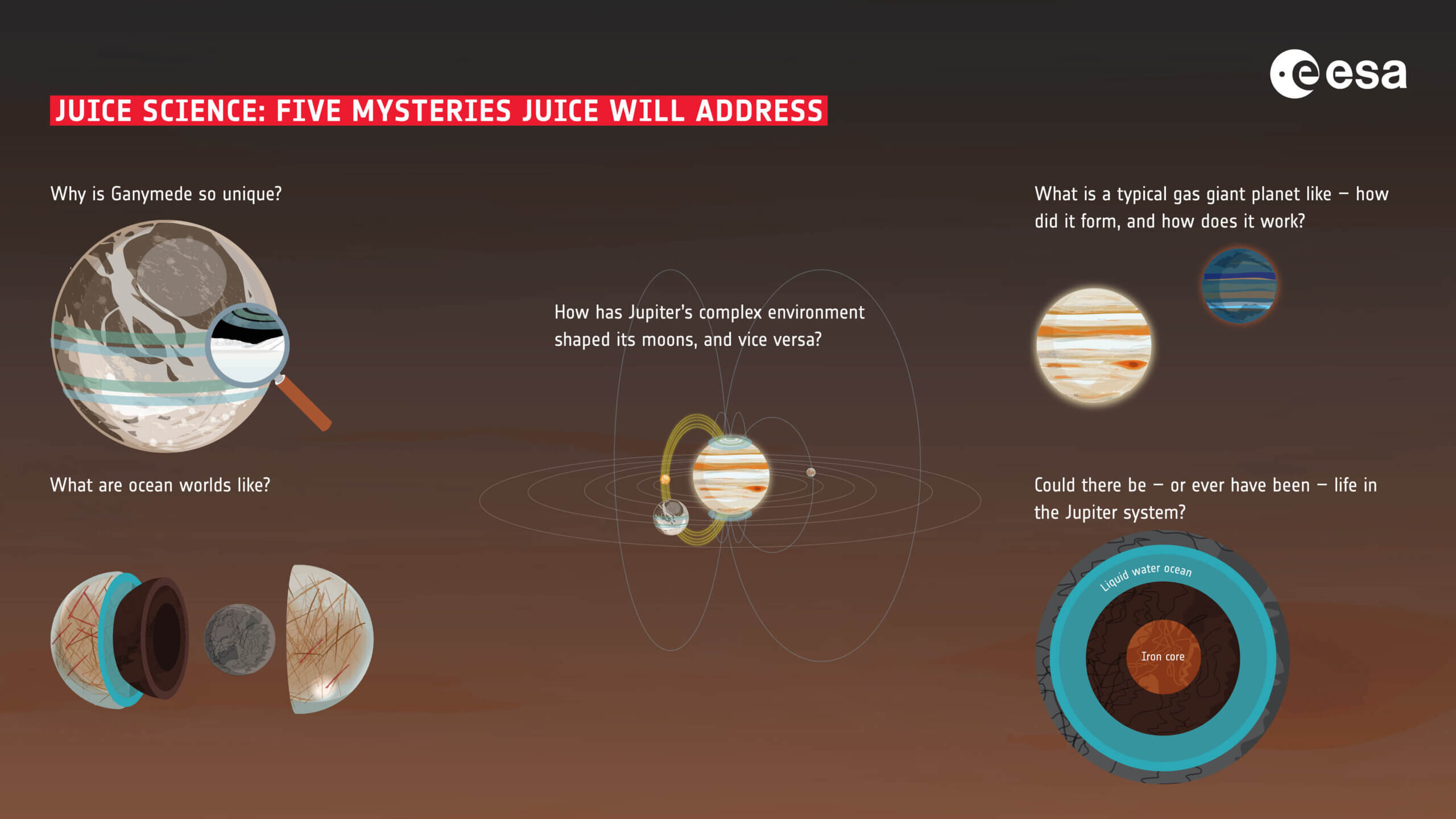
Credit: ESA
Further readings
Titan’s shadows
Every month, discover three unmissable celestial events to observe with your Unistellar telescope.
今月の観測すべき3つの理由 – 2025年3月
The latest Unistellar App Update, version V3.0, is now live. Explore a smooth stargazing experience !
Unistellar Community Included In Multiple Scientific Papers
Did you know Unistellar Citizen Astronomers are often cited in published scientific papers? Find out how you can contribute too!
Unistellarアプリのアップデート:バージョン3.0
UNISTELLARアプリの最新バージョンV3.0がリリースされました。スムーズな星空観察をお楽しみください!
Halloween Observing Guide: Spooky Deep-Sky Objects
These Halloween deep-sky objects will add some light to those dark, spooky nights. Treats, tricks, and telescopes await!
See OSIRIS-REx, NASA’s First Asteroid Sample Return Mission, as it Drops off Pieces of Asteroid Bennu
NASA's first asteroid return sample mission, OSIRIS-REx, is headed back towards Earth with precious cargo. Join us in observing it Sept. 24!
